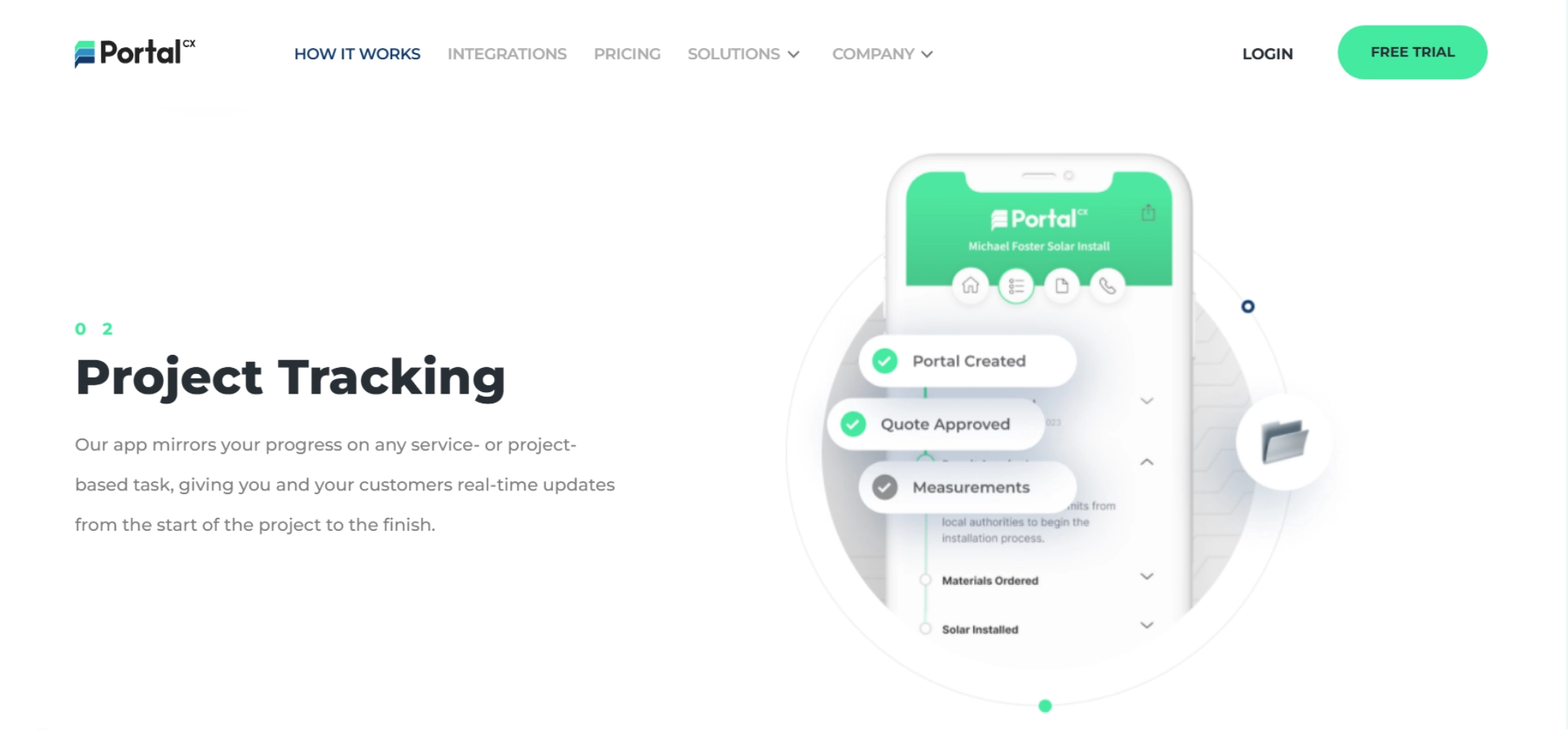
i
Reliance on paper-based systems and legacy technologies hampers efficiency and accuracy in utility operations.
Challenges in effectively scheduling field operations lead to increased operational costs and reduced productivity.
Extreme weather events and other unforeseen circumstances disrupt utility services, necessitating robust contingency planning.
Aging workforce and insufficient skilled labor pose significant challenges to maintaining and upgrading utility infrastructures.
Integrating renewable energy sources requires significant changes in infrastructure and operations, presenting both challenges and opportunities.
Customers demand more transparency, reliability, and personalized services, pushing utilities to adapt accordingly.
Increasing digitalization exposes utility systems to cyber threats, necessitating robust security measures.
Navigating complex and evolving regulations requires utilities to maintain compliance while ensuring efficient operations.
Reliance on paper-based systems and legacy technologies hampers efficiency and accuracy in utility operations.
Provides actionable insights through real-time data collection and analysis, facilitating informed decision-making.
Empowers field technicians with mobile access to relevant data and tools, improving service delivery and responsiveness.
Facilitates seamless communication among teams, enhancing collaboration and reducing response times.

Utilizes data analytics to anticipate equipment failures, allowing for proactive maintenance and reduced downtime.
Offers customers a platform to access information, report issues, and receive updates, enhancing satisfaction and transparency.
Ensures adherence to regulatory standards through automated tracking and reporting features.
Implements advanced security protocols to protect sensitive data and infrastructure from cyber threats.

Decomposes the application into independent services, enhancing scalability, maintainability, and deployment flexibility.
Utilizes cloud platforms for hosting, ensuring scalability, reliability, and global accessibility.
Employs RESTful APIs to facilitate seamless integration with third-party systems and services.
Implements robust security protocols, including encryption and multi-factor authentication, to protect data integrity and privacy.


Utilizes distributed databases to handle large volumes of data efficiently, ensuring quick access and reliability.
Incorporates event-driven architecture to handle real-time data processing and responsiveness.
Implements CI/CD pipelines to ensure rapid development cycles and consistent deployment practices.
User Management: Control access levels and permissions, ensuring secure and organized system usage.
System Configuration: Customize platform settings to align with organizational requirements and workflows.
Reporting and Analytics: Access detailed reports on system performance and user activities to inform strategic decisions.
Project Setup and Planning: Define project scopes, timelines, and resources, establishing a clear roadmap for execution.
Task Assignment and Tracking: Allocate tasks to team members and monitor progress through intuitive dashboards.
Reporting and Analytics: Access detailed reports on system performance and user activities to inform strategic decisions.
Task Management: View assigned tasks, update statuses, and collaborate with colleagues to achieve project goals.
Time Logging: Record time spent on tasks to facilitate accurate billing and performance assessment.
Resource Access: Utilize shared documents and tools necessary for task completion, promoting efficiency.
Project Visibility: Monitor project milestones and statuses, ensuring transparency and trust.
Feedback Provision: Offer input and approvals at various stages, fostering collaboration and satisfaction.
Support Access: Reach out for assistance or inquiries, ensuring concerns are addressed promptly.
Server-Side Framework: PortalCX utilizes the .NET framework for its backend operations, providing a stable and scalable environment for application development.
Data Management: The platform employs SQL Server for robust data storage and retrieval, ensuring data integrity and performance.
API Management: A comprehensive suite of APIs facilitates seamless integration with external systems, enhancing the platform's extensibility and interoperability.
Authentication and Authorization: Implementing secure protocols ensures that only authorized users can access specific functionalities, maintaining data security and compliance.
Background Processing: Utilizing tools like Hangfire allows for efficient handling of background tasks, improving system responsiveness and user experience.
Regular
Medium
Semibold
Bold
Tech Stack
Vue.js: For building responsive and dynamic user interfaces.
HTML5, CSS3, JavaScript: Core technologies for web development.
ASP.NET Core: For developing scalable and high-performance web applications.
Entity Framework Core: An ORM for database interactions.
Microsoft SQL Server: For reliable and secure data storage.
Docker: Containerization for consistent environments across development and production.
Kubernetes: Orchestration of containerized applications.
Azure DevOps: CI/CD pipelines for automated testing and deployment.
Trello: Integration for task and project tracking.
ClickUp: Synchronization for comprehensive project management.
Salesforce: API integration for seamless customer data management.
HubSpot: Synchronization for marketing and sales activities.
Twilio: For SMS and voice communication services.
SendGrid: Email delivery and management.
Google Analytics: Tracking and reporting website traffic.
Mixpanel: User behavior analytics.
Stripe: Secure payment gateway integration.
PayPal: Alternative payment processing option.
Zapier: Connecting and automating workflows between applications.
Zendesk: Customer support ticketing system.
Confluence: Documentation and collaboration platform.
Your unique concepts will be crafted into a remarkable end result by our team.